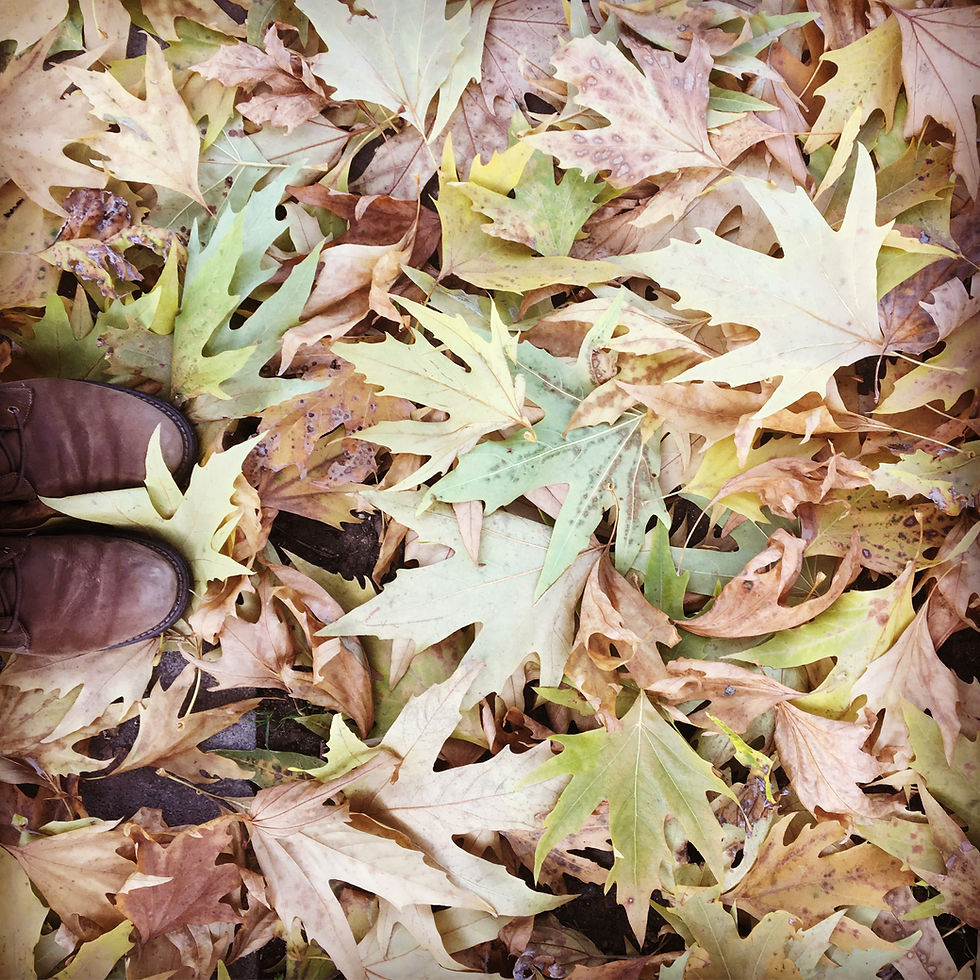Wildlife during Winter
- Ellen Mary

- Nov 26, 2017
- 3 min read

As the days become colder and nights draw in we all do our part to looking after ourselves and feel a lot like hibernating! Turning on the heat at home & wrapping up in our scarfs and winter coats to take a Winter walk. At the same time as looking after ourselves, we also need to think about our garden wildlife during the colder months of the year.
We can easily tackle the cold when it gets too much, but how does wildlife hold up? Garden wildlife will need food and shelter to survive their hibernation period. We need to help to provide shelter, providing enough warmth plus food and drink because natural food supplies are much more scarce over winter.
So, how can we help to do our part this winter?
A useful and easy to follow guide has been created by gardening professionals, Oeco Garden Rooms which highlights the key things you can do to help our much needed garden wildlife.
Creating shelter and warmth
Building up a place in your garden for warmth and shelter can easily be achieved. Why not try some of these:
Logs – Placing logs in the corner of your garden can help create an area for shelter and warmth, the log pile may become a home to small wildlife and insects underneath the sides absorbing the heat and in cracks of the wood.
Grass – Let your grass over grow in a corner of your garden, this could be behind the logs. By letting your grass to overgrow, you allow small wildlife to gain a rooftop and shelter they need.
Hedges – Offer an ideal place to hibernate, hedges allow a big enough room for birds to nest or for other small animals to shelter in. Plant native hedges instead of a fence. Looks much nicer as well!
Trees – If you’ve got the room, plant a tree. Trees offer a great home for birds and a valuable food source and they will search for their warmth in trees, nests or bird houses.
Ponds – Keeping wildlife hydrated is important, having a pond in your garden is very beneficial. Hedgehogs like ponds but ponds don’t like them, make sure to build a shallow low edge point at the side, ensuring their safety. This way hedgehogs will be able to easily get back out again - as will other creatures enjoying your garden.
What wildlife might you see?
Squirrels – Take more of a less active approach as they tent not to hibernate in winter. They like to eat fungus, insects, hazelnut, and probably the seed you supply for the birds!
Hedgehogs – Hibernate in November through to March, they store the right amount of fat in winter to hibernate efficiently. Hedgehogs like to eat cat food and peanut butter. They can’t eat break or drink milk as its bad for their digestive system.
Bats – Tend to hibernate from November to March, fascinatingly, bats can slow their heart rate down from 300-400 beats per minute down to just 10bpm whilst hibernating. Bats eat moths and mosquitoes. There are many different types of species of bat out there, some can even eat frogs!
Frogs and toads – Frogs can freeze their bodies over the winter period. They can either be found underneath logs or digging underneath a pond surface at the bottom. They tend to eat moths, flies, slugs, worms and snails. They can’t eat pet food or vegetables or fruits.
Birds – Birds migrate rather than hibernate, they hunt for their warmth in trees, bird houses or any nests. They eat mealworms, fruit and sunflower seeds. If possible make sure your food supply is approved by the RSPB and avoid using netted fatballs.
Awareness, tips and tricks
Watch out for wildlife this winter, keep an eye out for any potential dangers, discovering any holes, drains, and issues that could be a danger.
If you can’t dig for a pond due to lack of space, you can always use a bucket placed in the ground. You will be surprised at what might find the water very quickly.
Include a bird house into your garden which are excellent for shelter a valuable nesting place for spring. Don't forget to supplement natural food sources if you can.
By incorporating these tips for your garden, you can be safe in the knowledge that you are helping out all kinds of wildlife this winter time.
Infographic below by Oeco Garden Rooms











Comments